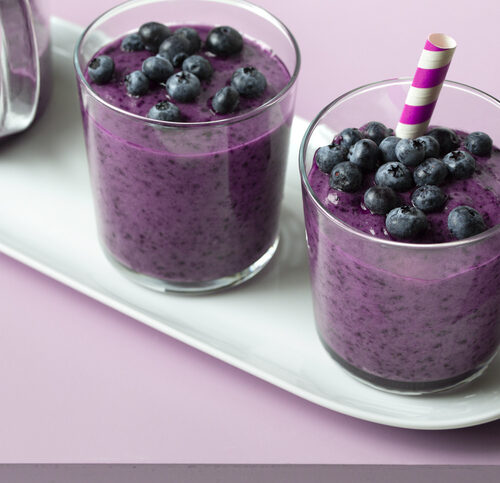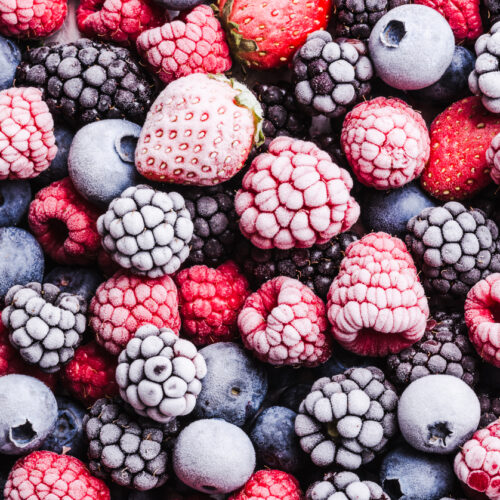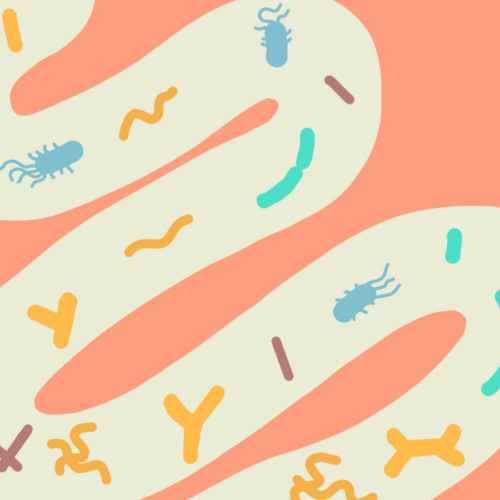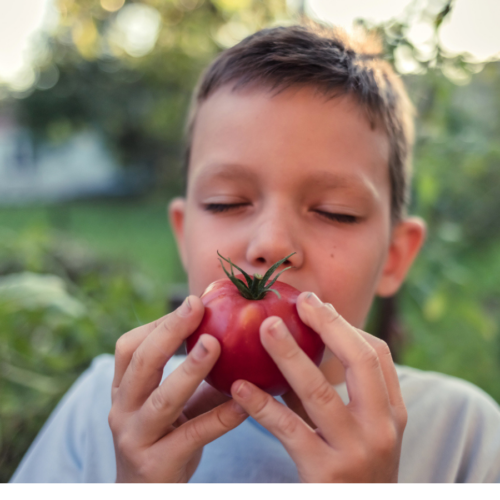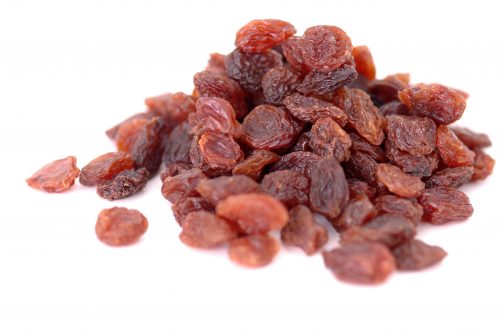
Q: If I ate a handful of dried fruit, what would be the equivalent to that in fresh? Is it just as healthy to have dried as it is to eat fresh? Or would I actually be consuming a lot more calories/carbs/vitamins? I have recently gotten into the habit of combining a mixture of dried fruit and nuts, and have a couple of handfuls with a cuppa for morning and afternoon teas. Is this good for me or is this a bad habit to get into?”
Shelley
A: Dietitian Kristen Corselius White responds:
“Dried fruit is a better snack than other choices like chips, biscuits and chocolate. This carbohydrate-rich snack provides vitamins, minerals, antioxidants and fibre, and is low in fat. The downside to dried fruit is its high energy density. The dehydration process to make dried fruit removes the water from the fruit. The lack of water preserves the fruit, but increases the amount of energy per gram compared to fresh fruit. For example, 1 cup of grapes contains about 470kJ, whereas 1 cup of raisins has about 1950kJ!
If your work involves a lot of sitting, you’re probably getting more kilojoules out of those several handfuls than you realise, especially with the added nuts. Also, dried fruit sticks to the teeth more than fresh fruit, so dried fruit eaten regularly can compromise those pearly whites if care is not taken to brush after eating them.
Dried fruit makes a convenient, healthy snack in small quantities (eg, 1/4 cup) or when you need lots of energy, like a long bike ride or tramp. As a rule of thumb, consider keeping the dried fruit to once a day and add some fresh fruit or tinned fruit packed in juice for variety.
On a final note: watch the banana chips! These little treats are tasty but loaded with added fat: 1 cup of banana chips contains 1810kJ and is 27 per cent fat, most of which is the saturated kind we need to limit.
www.healthyfood.com


